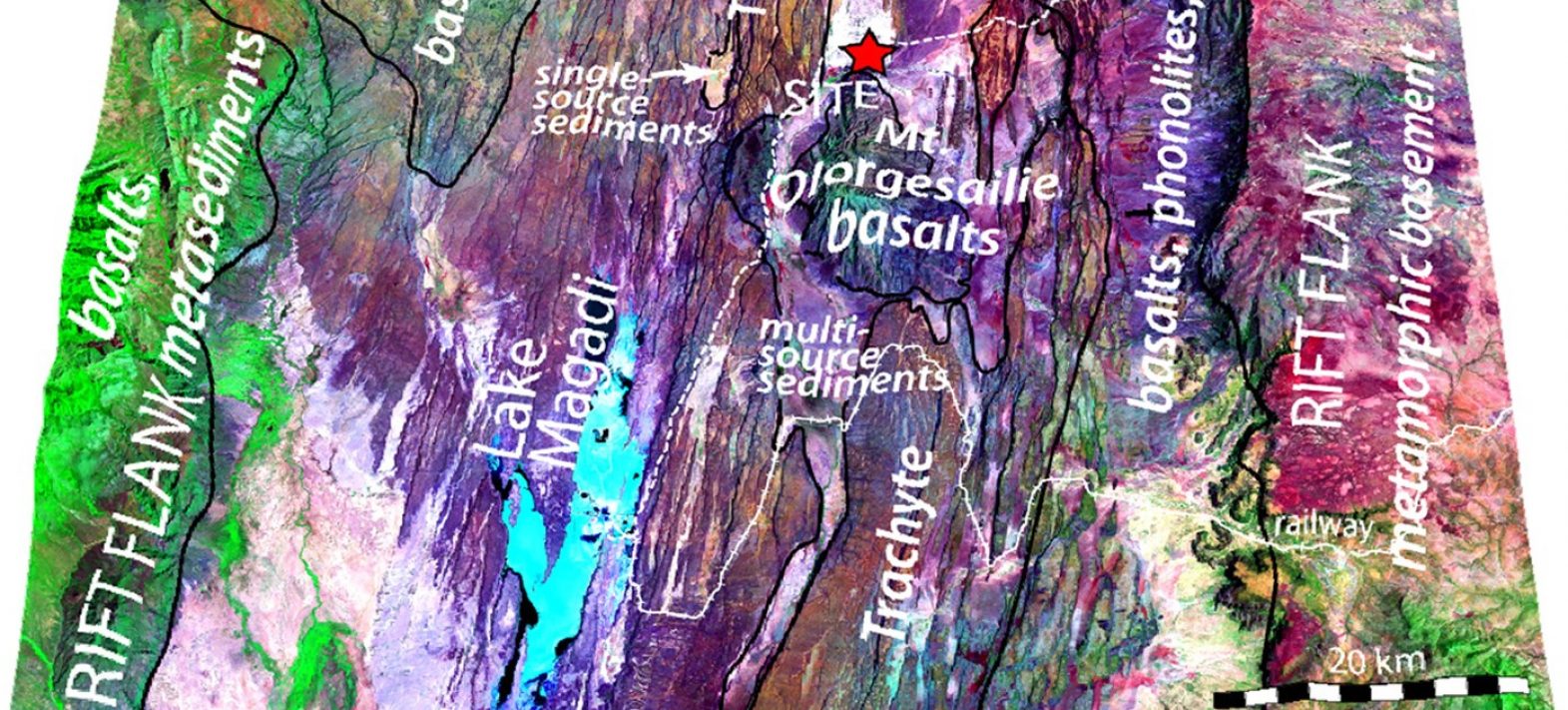Reconstructing past landscapes to understand the hunting techniques of primitive man
Using ancient landform modeling techniques developed at the Institut de Physique du Globe de Paris (CNRS, Paris Diderot, Sorbonne Paris Cité), an international team has reconstructed the topographical features of the landscape that enabled the first hominids to use stalking techniques in the Kenyan rift around a million years ago. This study is published in Nature Scientific Reports.

Publication date: 17/12/2015
Research
Related teams :
Tectonics and Mechanics of the Lithosphere
Related themes : Origins








